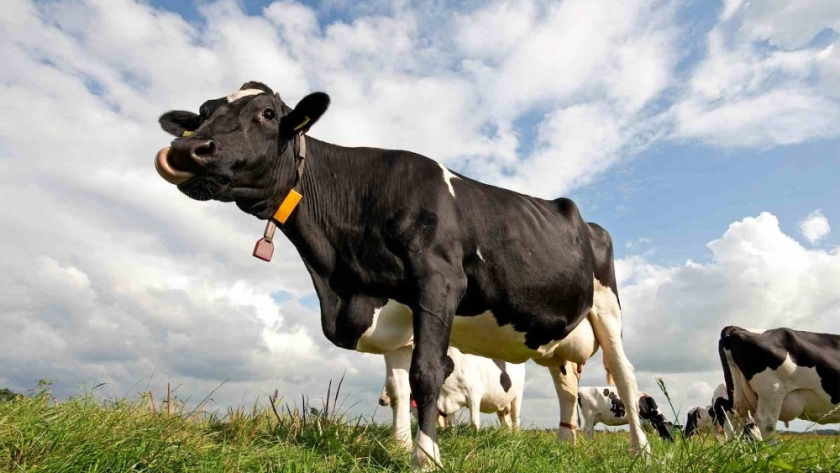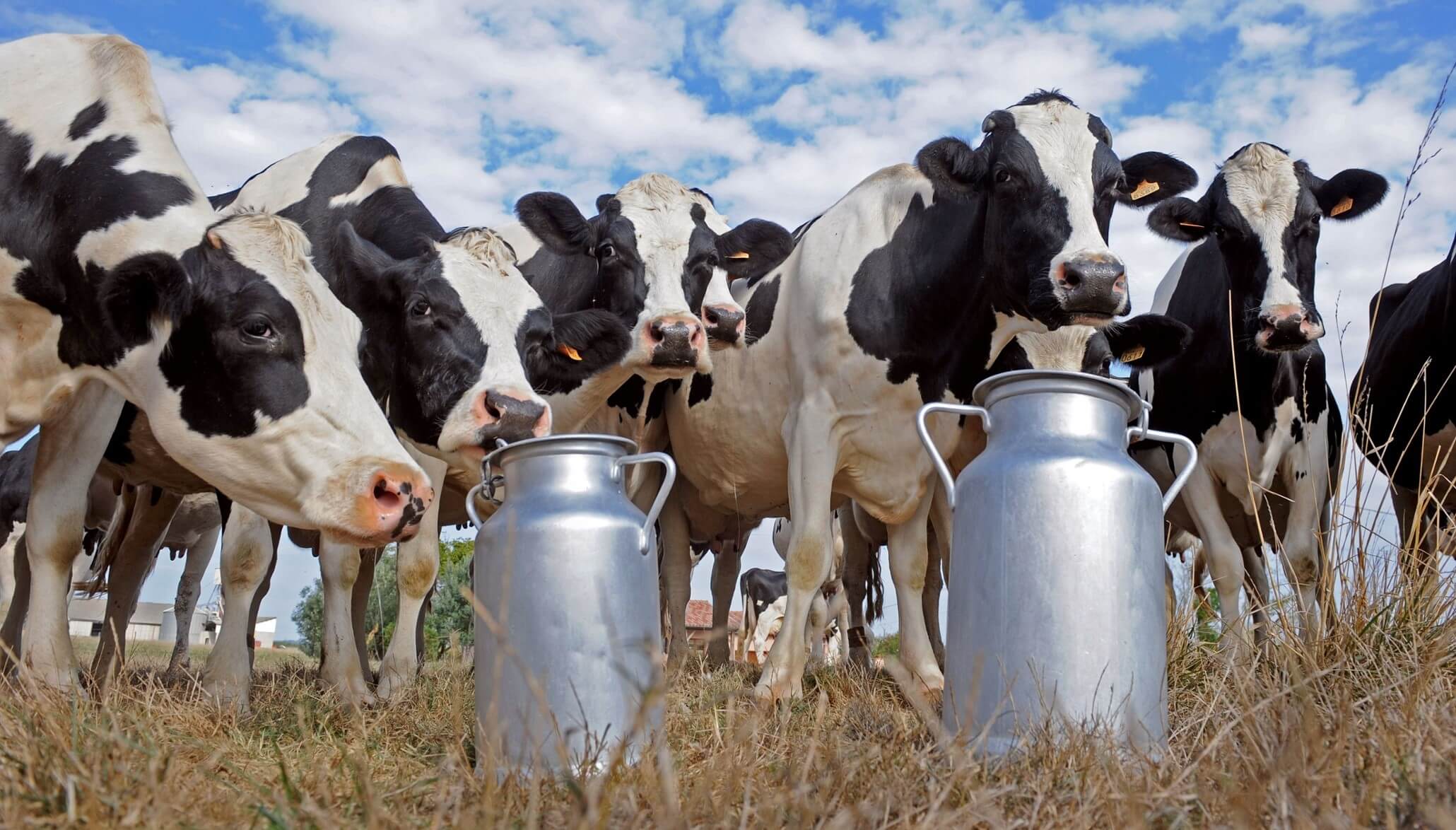
Moving into the latter end of the grazing season in the autumn months, farmers often think it is worth keeping on the poor performing cull cows until the end of the lactation to get every last worth out of them.
However, at this time of the year, it is best to get rid of them as soon as possible, as they will only hinder performance of those around them.
Production costs remained high in 2024 , poor grass growth and conditions prevailed, and milk margins have been tight, so, there are likely cows within herds that are not profitable this year.

Most of the saving of fodder stocks is achieved when poor performing stock are culled sooner rather than later. This must be considered particularly this year, seeing as fodder supplies may fall short this winter.
Dairy farmers need to understand what their breakeven point for their milk is and once this has been calculated, they need to look at the cows that are below this.
Heifers in their first year of production is going to be lower, but for a cow in her third or fourth lactation not performing, there should be no excuse.
If cows are not contributing to the bottom line of the business, there is no point in keeping them on. Most farms will have some extra heifers that will be able to replace the low performing cows.
The reality is that, it may be best to get rid of a lot of these cows and buy in heifers to replace them. Buying in stock is the quickest way improving your herds genetics.
To get a rapid improvements in your herds genetics, dairy farmers must act now, because there will be surplus heifers on the market this spring but there won’t be that same guarantee the following spring, due to the heavy use of sexed semen and beef straws this breeding season.

When looking at these cows, it may also be a good time to look at reviewing farm cashflow budget for 2024.
Margins are tight on farms this year and it is important that this budget is closely monitored throughout the year.
Agriland
